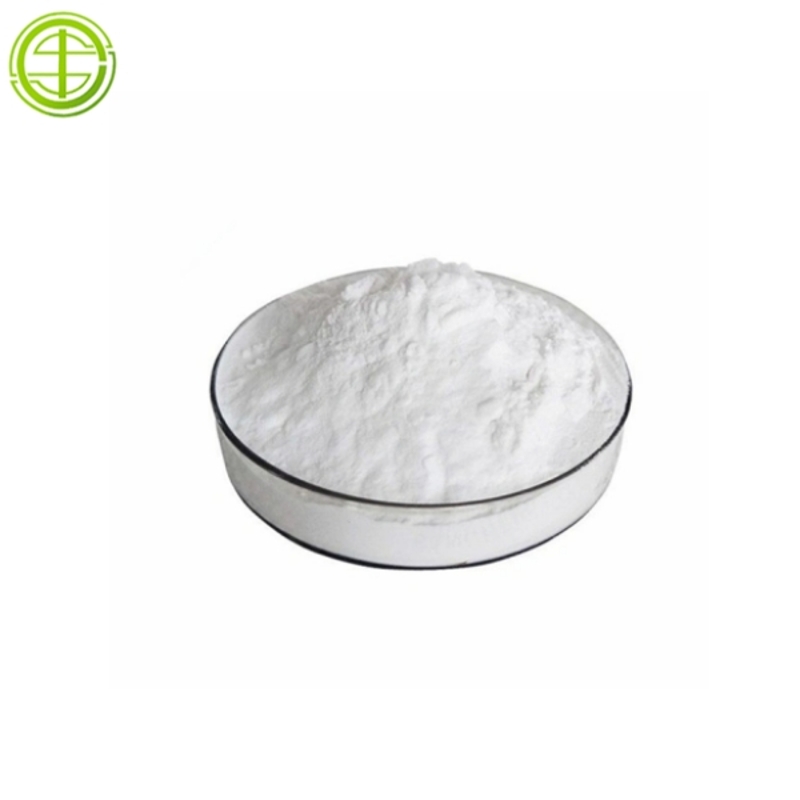-
Categories
-
Pharmaceutical Intermediates
-
Active Pharmaceutical Ingredients
-
Food Additives
- Industrial Coatings
- Agrochemicals
- Dyes and Pigments
- Surfactant
- Flavors and Fragrances
- Chemical Reagents
- Catalyst and Auxiliary
- Natural Products
- Inorganic Chemistry
-
Organic Chemistry
-
Biochemical Engineering
- Analytical Chemistry
- Cosmetic Ingredient
-
Pharmaceutical Intermediates
Promotion
ECHEMI Mall
Wholesale
Weekly Price
Exhibition
News
-
Trade Service
| Solving the mystery of the rich genetic diversity of cultivated apricots in China |
A unique local apricot germplasm resource in China-"Yinxiangbai" apricot
.
Photo courtesy of the intervieweeA unique local apricot germplasm resource in China-"Yinxiangbai" apricot
Based on more than 20 years of in-depth research on plum and apricot resources, Liu Weisheng’s team from the Institute of Fruit Science of Liaoning Province and Liu Zhongjian’s team from Fujian Agriculture and Forestry University assembled the "Yinxiangbai" apricot high-quality reference genome, and completed 180 copies on this basis The resequencing of apricot germplasm revealed the reasons for the genetic diversity of cultivated apricots in China
.
This research result provides a new perspective for the protection of apricot diversity and lays a theoretical foundation for the innovation and utilization of apricot germplasm resources in China
.
Recently, related results were published in "Horticultural Research"
Very representative local species
Very representative local species Peach, plum, apricot and cherry are all called stone fruit trees, and apricot is a very representative fruit
.
China has a very rich variety of cultivated apricots, and most of the apricots sold on the market are yellow or red
"But there is a very unique kind of apricot, which not only has white skin and flesh, but also has a strong fragrance.
It is very rare.
This is a unique local apricot germplasm resource in China-'Yinxiangbai' apricot
.
" Fruit Science in Liaoning Province Liu Shuo, deputy director of the Institute, introduced in an interview with "China Science News"
"Yinxiangbai" apricot originated from the Caotan Farm in Xi'an, Shaanxi Province
.
At present, this variety is preserved in the national plum and apricot germplasm resource nursery
This variety has large fruits, large yields and high quality, and is deeply loved by consumers.
It is a high-quality medium-cooked fresh food variety with a high market price
.
In addition, it is resistant to cold, drought, disease, and adaptability.
Because of the typical characteristics of Chinese white apricots, the research team chose "Yinxiangbai" apricot as the sequencing material, and used third-generation sequencing technology, second-generation data error correction and HiC sequencing for sequence loading, and obtained 8 high-quality apricots.
Chromosome sequence, genome size is 251.
19 Mb, heterozygosity is 0.
99%, and 29230 protein coding genes are annotated
.
"From the perspective of genome composition, the proportion of repetitive sequences in the'Yinxiangbai' apricot genome we measured is higher, which exceeds that of all currently published apricot genomes
.
" Liu Shuo said
High degree of gene penetration
High degree of gene penetration Previously, Liu Weisheng’s team cooperated with foreign teams to carry out in-depth research on the origin and evolution of apricots, and re-sequenced the genomes of nearly 600 cultivated and wild apricot germplasm samples from Eurasia, and assembled them with second- and third-generation sequencing technologies.
Four high-quality apricot genome sequences were published in Nature-Communications in June this year and revealed that Chinese cultivated apricots are the earliest domesticated population in the world, and their genetic diversity is also the most abundant in cultivated apricots in the world
.
Based on the results of previous research, “We have re-sequenced 180 apricot germplasm resources in China, and these germplasm resources cover 5 main cultivated taxa at home and abroad
.
” Liu Shuo added, according to the cultivation range and variety characteristics, generally Cultivated apricots are divided into five major cultivated groups: European varieties, Central Asian varieties, Xinjiang varieties, Northwest varieties and North China varieties
Photo courtesy of "Yinxiangbai" apricot interviewee
Photo courtesy of "Yinxiangbai" apricot interviewee The purpose of resequencing is to obtain enough genetic variation from natural populations to analyze their molecular genetic basis
.
The long-term domestication of fruit trees by humans has had an important impact on reproductive traits, nutritional traits, fruit traits, and biotic and abiotic stresses
.
China has more than 3000 years of apricot cultivation history
.
Through population genetic structure analysis, the research team found that in the long-term cultivation and domestication process, there is a high degree of gene penetration between germplasm resources in different ecological groups
.
"That is to say, most of the Chinese apricot germplasm contains more or less the genetic basis of other ecological varieties of apricots
.
" Liu Shuo explained that the living environment of apricots and many wild relatives or cultivation materials overlap or be similar to each other.
Neighbors, there will be more opportunities and genetic material exchange between them, that is, gene flow between each other.
This is one of the main characteristics of apricot cultivation in China which is different from cultivation apricots in Europe, the United States and Central Asia
.
Such a major discovery answers the reason why the genetic diversity of cultivated apricots in China is so high, and it also reflects the great contribution China has made to the genetic diversity of apricots in the world as the country with the earliest domestication of cultivated apricots
.
Contribute to the development of breeding
Contribute to the development of breeding In Liu Shuo's view, the high-quality chromosome-level reference genome map of "Yinxiangbai" apricot was obtained this time, which will help further apricot genomics research in the future
.
The assembly of this high-quality apricot genome is more beneficial to the genomics research of apricot population in China, and will greatly contribute to the future development of apricot pan-genome research
.
"Using the genome map of apricot varieties in our country can dig out more of the unique diversity and variation that reflects our country, which is more profound than using foreign materials to carry out genetic diversity research
.
" Liu Shuo said
.
The publication of this article points out that perennial woody fruit trees like apricots are prone to gene infiltration, making apricot a good model plant for studying the origin, evolution and gene infiltration, and has certain enlightenment for the research on the formation of diversity of other crops.
Role
.
Liu Shuo said that the research is not over here, and there is still a lot of work to be done
.
"We know which eco-group materials have extremely high levels of gene penetration.
These materials are more complex than other materials in terms of genome composition.
They are likely to become hybrid groups that we will select and match in the future and produce high-variability.
Parents
.
” (Source: China Science News Zhang Qingdan)
Related paper information:
https://doi.
org/10.
1038/s41438-021-00650-8
org/10.
1038/s41438-021-00650-8
https://doi.
org/10.
1038/s41467-021-24283-6
org/10.
1038/s41467-021-24283-6







